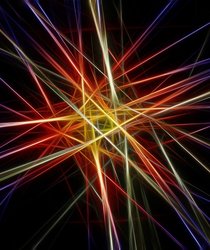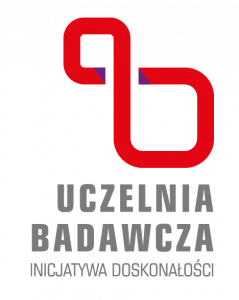
Seminarium Zakładu Fotoniki
Some Applications of Optofluidics and Deep Learning in Bio-Imaging, Bio/Chemical-Sensing, and Energy Photonics
prof. Alper Kiraz
Physics and Electrical-Electronics Engineering Department at Koç University
22 stycznia 2024 15:15
ul. Pasteura 5, sala B4.58

Prelegent: Alper Kiraz
Alper Kiraz is a professor in the physics and electrical-electronics engineering departments at Koç University. He received his B.S. degree in electrical-electronics engineering from Bilkent University in 1998, and M.S. and Ph.D. degrees in electrical and computer engineering from the University of California, Santa Barbara in 2000 and 2002, respectively. Between 2002 and 2004 he worked as a post-doctoral associate at the Institute for Physical Chemistry at Ludwig-Maximilians University, Munich, and received Alexander von Humboldt fellowship. He joined Koç University in 2004 and became a full professor in 2014. Between 2014 and 2015 he was a visiting professor at the Biomedical Engineering of the University of Michigan, Ann Arbor. His current research interests include optofluidics, single-molecule spectroscopy/microscopy, optical manipulation, and biomedical instrumentation. His research team pursues various research projects targeting the development of novel micro-optical devices, optofluidic lab-on-a-chip devices, molecular and gas sensors, optofluidic-based renewable energy solutions, and confocal microscope device concepts. He is a member of IEEE and SPIE and a senior member of OSA.
Abstract:
In this talk, I will summarize the recent research projects we have been pursuing on Optofluidics and Biological Imaging.
Fluids possess unique properties for designing optical components and systems: (i) they have optically smooth interfaces and (ii) they provide great flexibility in shape and refractive index. Optofluidics has emerged as an exciting new research field employing these unique properties of fluids to design optical components and systems that cannot be realized with classical solid-state materials. We used plasma oxidation and laser ablation for static and reversible modifications of hydrophobic surfaces along pre-defined patterns. We employed such hydrophilically patterned surfaces for optofluidic waveguide and microdroplet sorting applications. We used manual drilling or mold replication to fabricate microchannels in silica aerogel blocks. Following a silanization step, these microchannels were filled with water and used as optofluidic waveguides. We have demonstrated photochemical reactions using these novel optofluidic waveguides. We achieved bulk refractive index sensing with a limit of detection of around 10-5 refractive index units using optical fiber resonators. The same system also gave us good hydrogen sensing performance upon palladium and polymer coatings.
On the topic of biological imaging, we built a light sheet fluorescence microscope for cleared tissue imaging, a structured illumination microscope using image scanning microscopy for super-resolution microscopy, and fiber bundle-based fluorescence imaging systems. Deep learning has triggered a revolutionary transformation in digital optical microscopy. Deep learning approaches that employ problem-specific deep neural network models have largely replaced standard image processing techniques such as thresholding and watershed transformation for processing optical microscopy images. In addition to data analysis, deep learning can also be used exquisitely to improve the overall performance of an optical microscope. Deep learning-enhanced approaches can be used to increase the signal-to-noise ratio, to obtain super-resolution images above the diffraction limit, or to create virtually stained images from images that do not contain any staining. I will discuss our recent works on novel deep learning-based solutions for automated cell counting and viability analysis, brain vasculature analysis, and improving the contrast and resolution of fluorescence microscopes.
